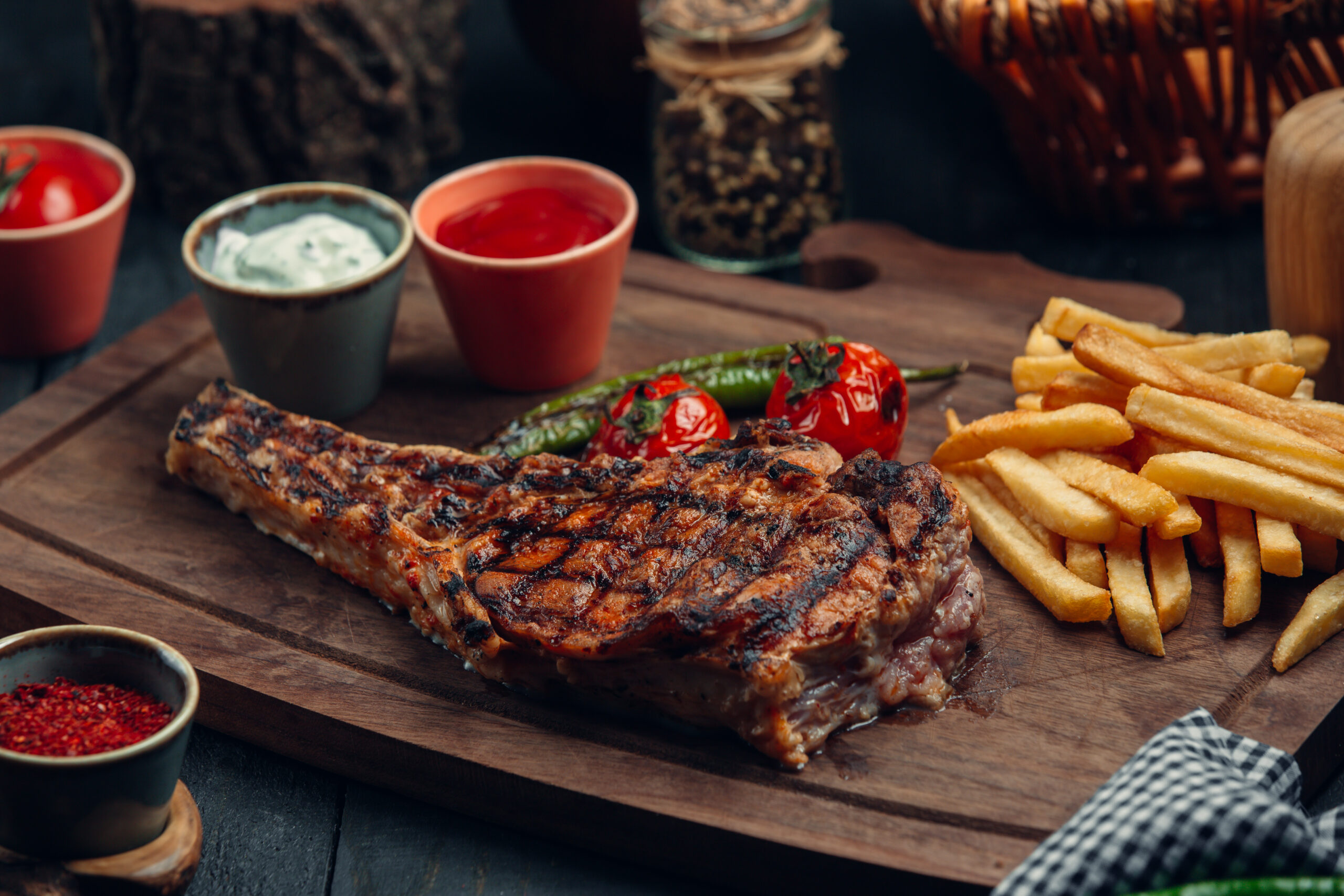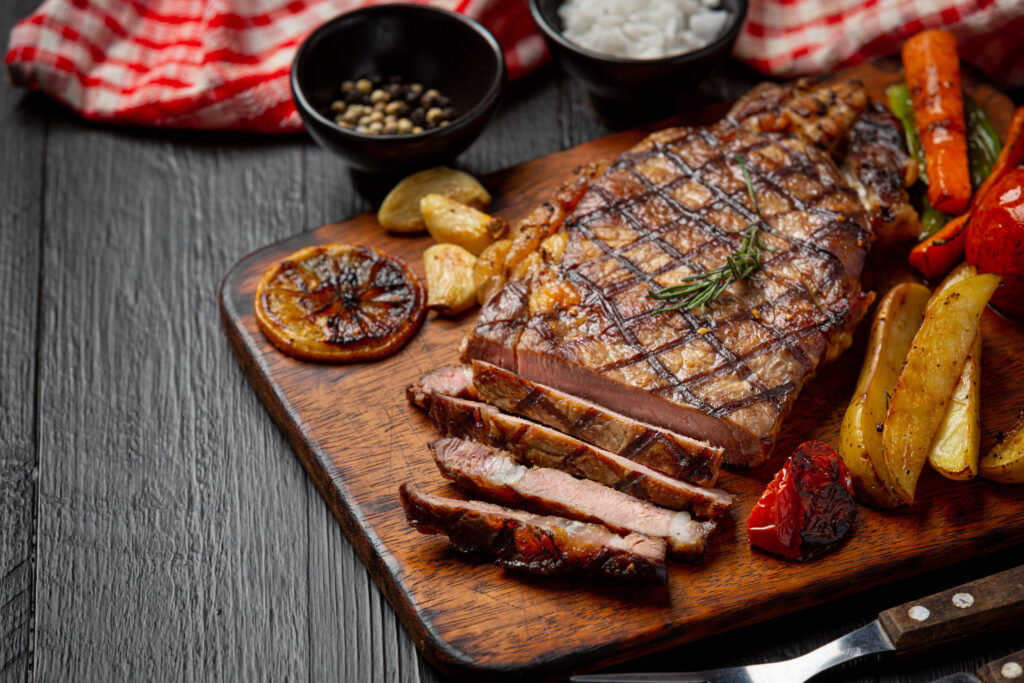- LIFE
100 Drow Names for Your Dark Fantasy Characters


Reverse searing a steak is a culinary technique that has gained popularity among home cooks and professional chefs alike. This method promises a perfectly cooked steak with a beautifully browned crust and a tender, juicy interior. Unlike traditional searing methods, reverse searing involves cooking the steak slowly at a low temperature before finishing it with a high-heat sear. This article will guide you through the essentials of reverse searing, from selecting the right cut of steak to mastering the technique, ensuring you achieve restaurant-quality results in your own kitchen.
To execute the reverse searing technique effectively, having the right tools is crucial. Here is a list of essential tools that will help you achieve the best results:

The reverse searing method works best with thicker cuts of steak, typically at least 1.5 inches thick. Here are some popular choices:
Reverse searing is a two-step process that involves slow cooking followed by a quick sear. This technique ensures even cooking and a perfect crust. Here’s how it works:
Begin by preheating your oven to a low temperature, typically around 225°F (107°C). Place your seasoned steak on a wire rack set over a baking sheet. This setup allows air to circulate around the steak, promoting even cooking. Insert a meat thermometer into the thickest part of the steak to monitor its internal temperature. Cook the steak in the oven until it reaches about 10-15°F (5-8°C) below your desired final temperature.
Once the steak reaches the desired internal temperature, remove it from the oven and let it rest for a few minutes. Meanwhile, preheat a cast iron skillet over high heat. Add a small amount of oil with a high smoke point, such as canola or avocado oil. When the oil is shimmering, place the steak in the skillet and sear for 1-2 minutes on each side, or until a deep brown crust forms. Use tongs to sear the edges of the steak as well.
For beginners, following a structured approach can make reverse searing straightforward and rewarding. Here’s a detailed guide:
Achieving a perfect medium-rare steak requires precise temperature control. For medium-rare, target an internal temperature of 135°F (57°C) after resting. Here’s a quick guide:
For experienced cooks, combining sous vide with reverse searing offers unparalleled precision. Sous vide involves vacuum-sealing the steak and cooking it in a water bath at a controlled temperature. Here’s how to integrate it with reverse searing:
Set your sous vide cooker to the desired final temperature (e.g., 135°F for medium-rare). Vacuum-seal the seasoned steak and immerse it in the water bath. Cook for 1-4 hours, depending on thickness.
After sous vide cooking, remove the steak from the bag and pat dry. Sear in a hot skillet as described earlier to develop the crust.
Even with careful preparation, challenges can arise. Here are solutions to common issues:
Traditional searing involves cooking the steak at high heat first, which can lead to uneven cooking and a gray band around the edges. In contrast, reverse searing allows for even cooking and a consistent color throughout, with a more controlled crust development.
Enhancing the flavor of your steak can elevate your dining experience. Consider these options:
Cast iron skillets are preferred for their heat retention and ability to develop a superior crust. While non-stick skillets can be used, they may not achieve the same level of browning. If using non-stick, ensure it is oven-safe and avoid using high heat to prevent damage.
Knowing the right internal temperatures is key to achieving your desired level of doneness:
Serve your reverse seared steak with complementary sides to enhance your meal. Consider options such as:
To store leftovers, wrap the steak tightly in foil or plastic wrap and refrigerate for up to three days. For reheating, use a low oven to gently warm the steak, or slice it thinly and quickly sear in a hot pan to avoid overcooking.